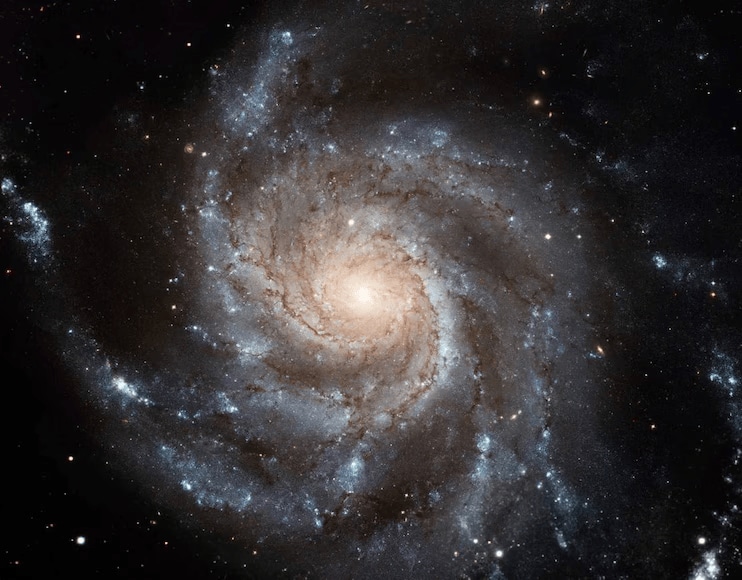A daring concept proposed over a hundred years ago by Albert Einstein—that the universe remains static—has been dramatically refuted. Today, scientists show us a cosmos that is perpetually growing, questioning our fundamental understanding of space and size.
Albert Einstein’s Steady-State Cosmology Theory
In 1915, Albert Einstein presented his theory of general relativity, suggesting a universe that remains constant—neither expanding nor contracting—and presuming that the cosmos has perpetually stayed unchanged. However, this idea was later overturned due to groundbreaking scientific findings.
The Growth of the Cosmos
Einstein's equations could support both a static and an expanding universe, though this duality wasn’t fully grasped initially. Later, with advanced telescopic technology, astronomers discovered that the universe is indeed expanding rather than staying constant. Their observations revealed that more distant galaxies recede from us at greater speeds, indicating that the expansion happens uniformly in every direction, lacking a central point or edge.
This challenges our usual understanding of space, which depends on centers and boundaries—concepts that lose relevance at a cosmic level. Not even Einstein could have fathomed such enormity.
To visualize this expansion, picture the surface of an inflating balloon. Each point on the surface moves farther from all others as the balloon grows, with no specific center on the surface. Similarly, the universe expands evenly without a central starting point.
The Illusion Of Explosion
Often, individuals picture the universe's expansion as a firecracker bursting outwards from a singular point. In reality though, science tells us that the universe expands uniformly at all points without having any central origin.

Surprisingly, even with this growth, the universe does not have an edge. Similar to continuously traveling across the surface of a balloon without encountering a border, there is no ultimate boundary to space.
Albert Einstein’s Admission
Later, Einstein confessed that his faith in a static universe was his "greatest blunder." In an attempt to sustain a steady state of the cosmos, he included a "cosmological constant" in his formulas. However, further investigations showed that the universe is actually undergoing expansion.
